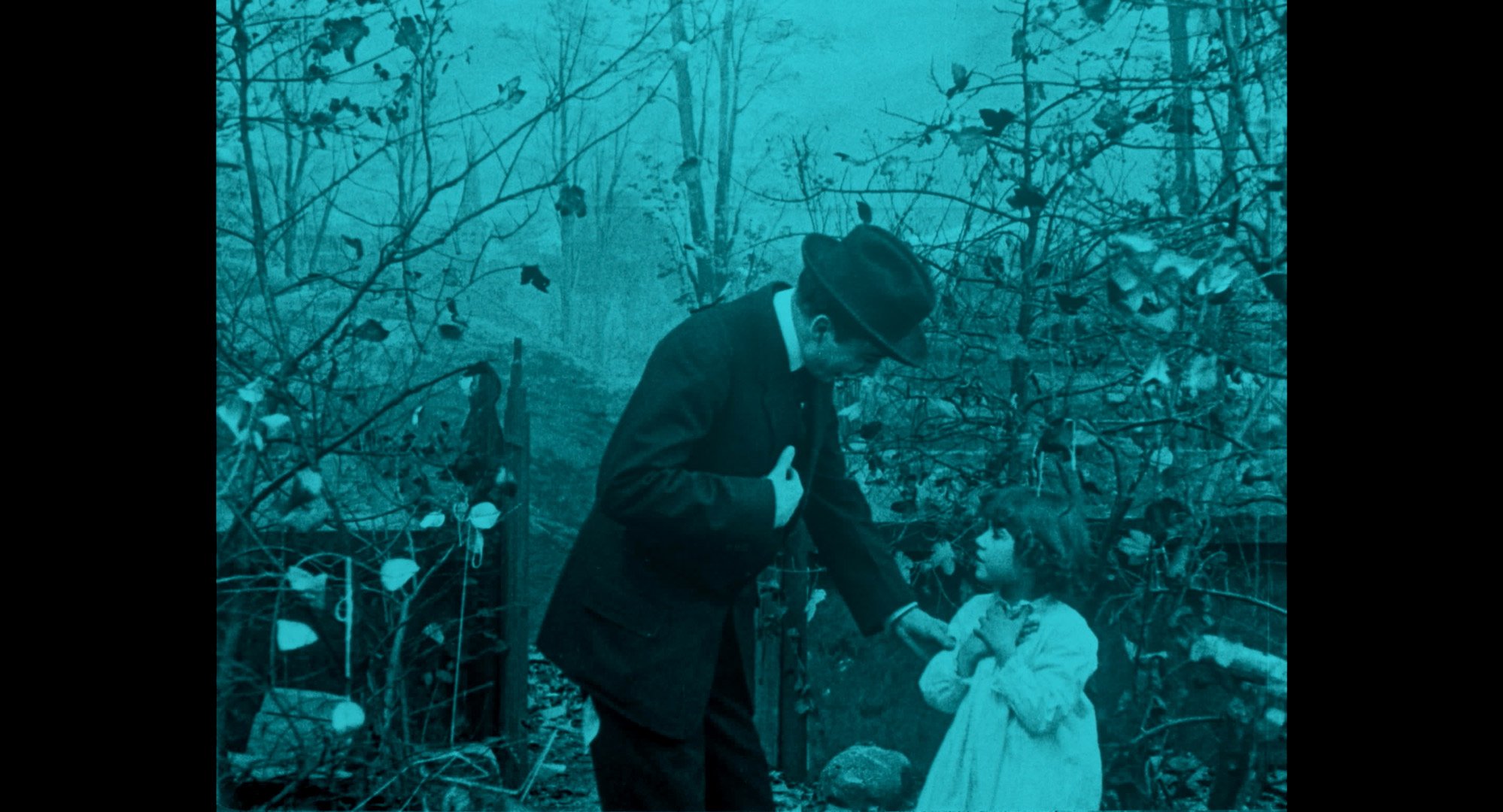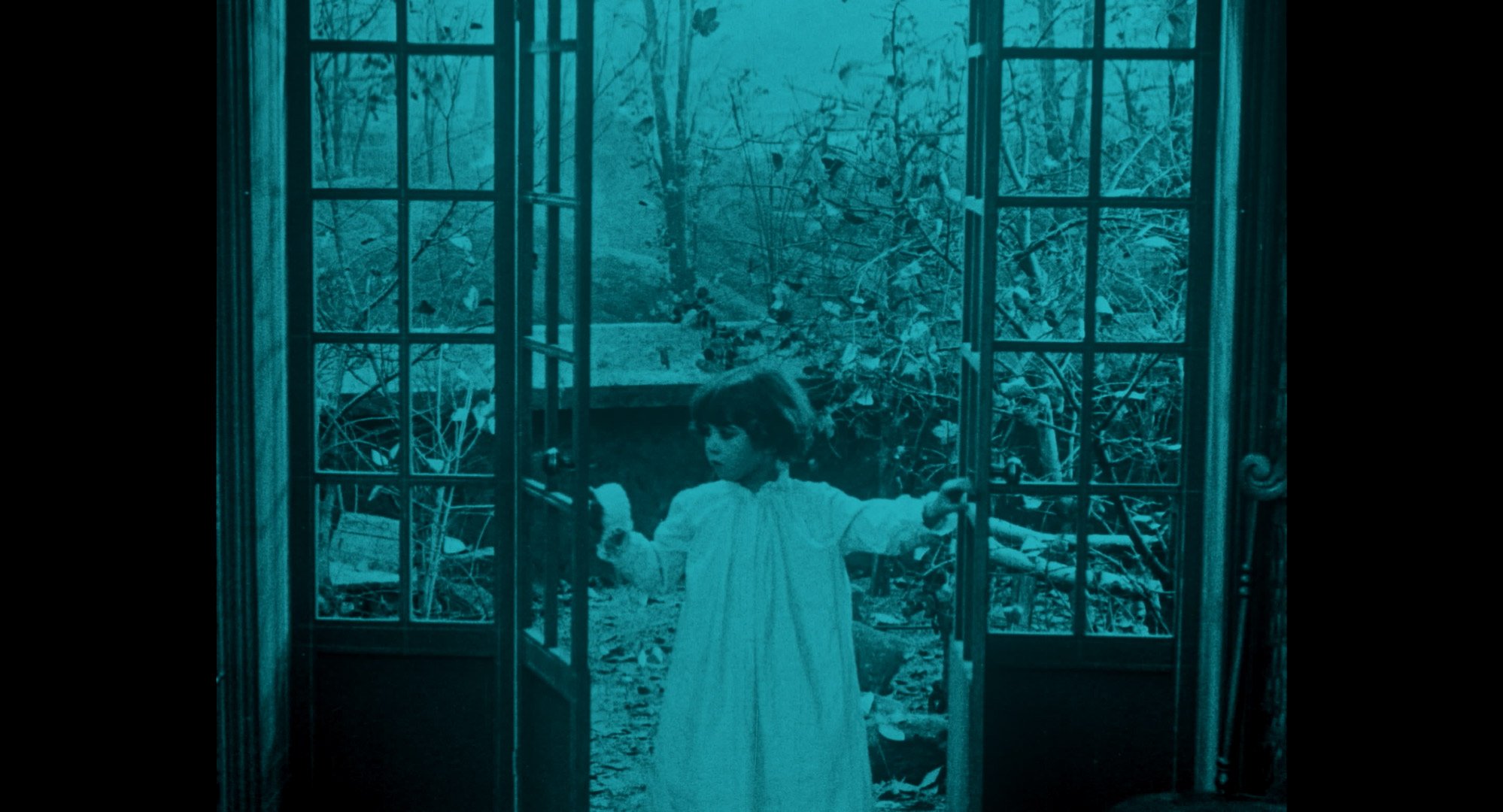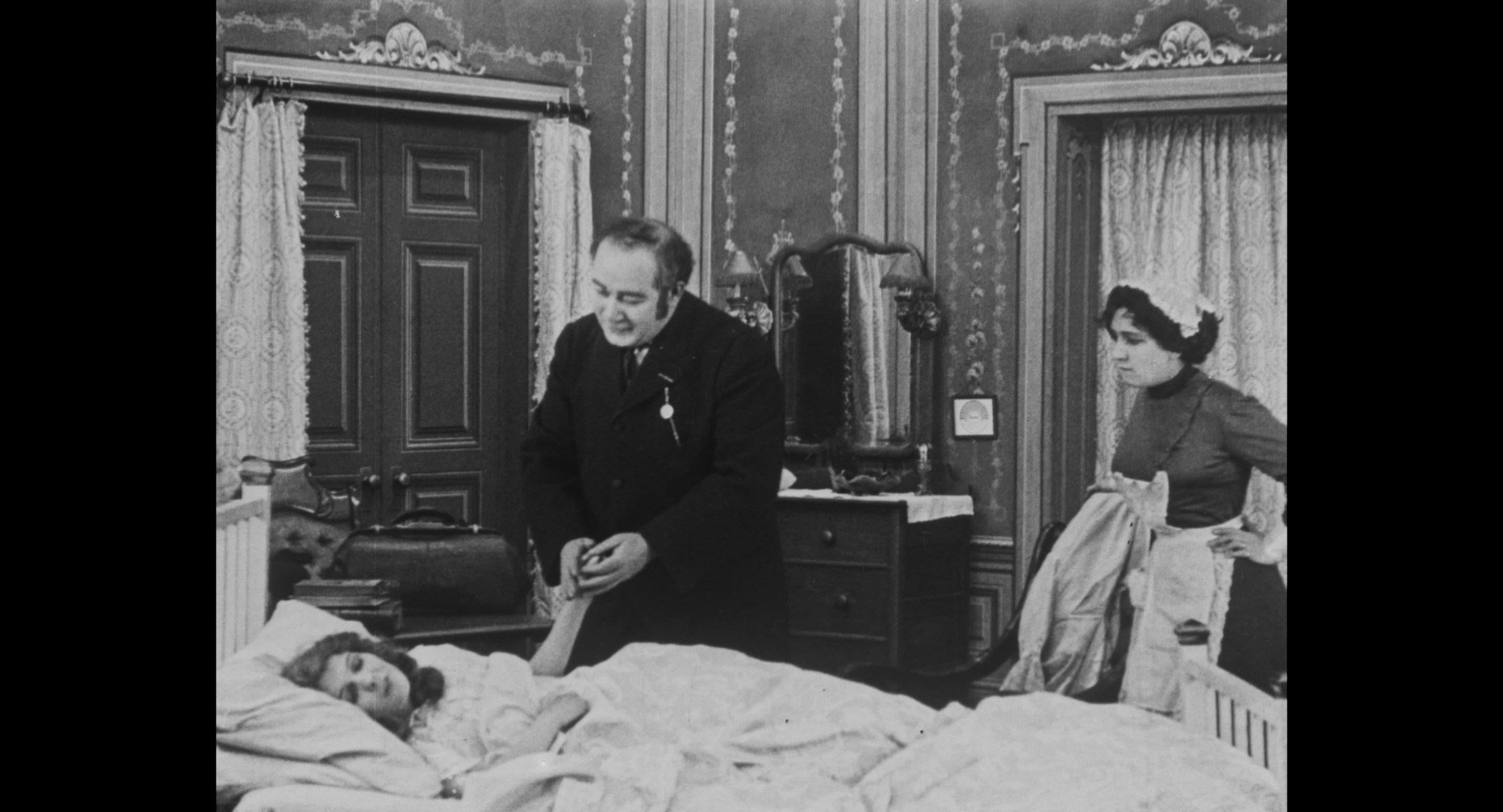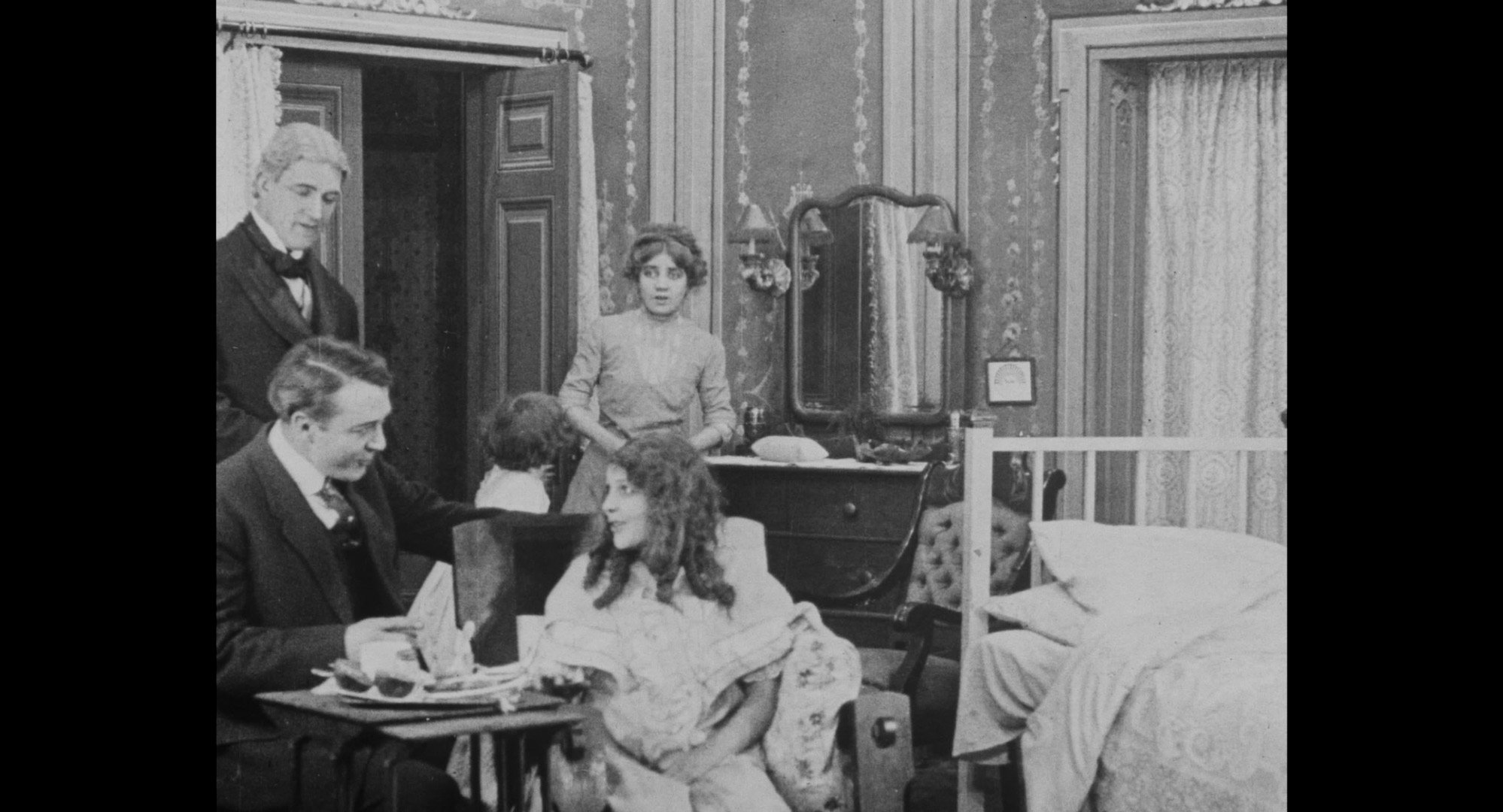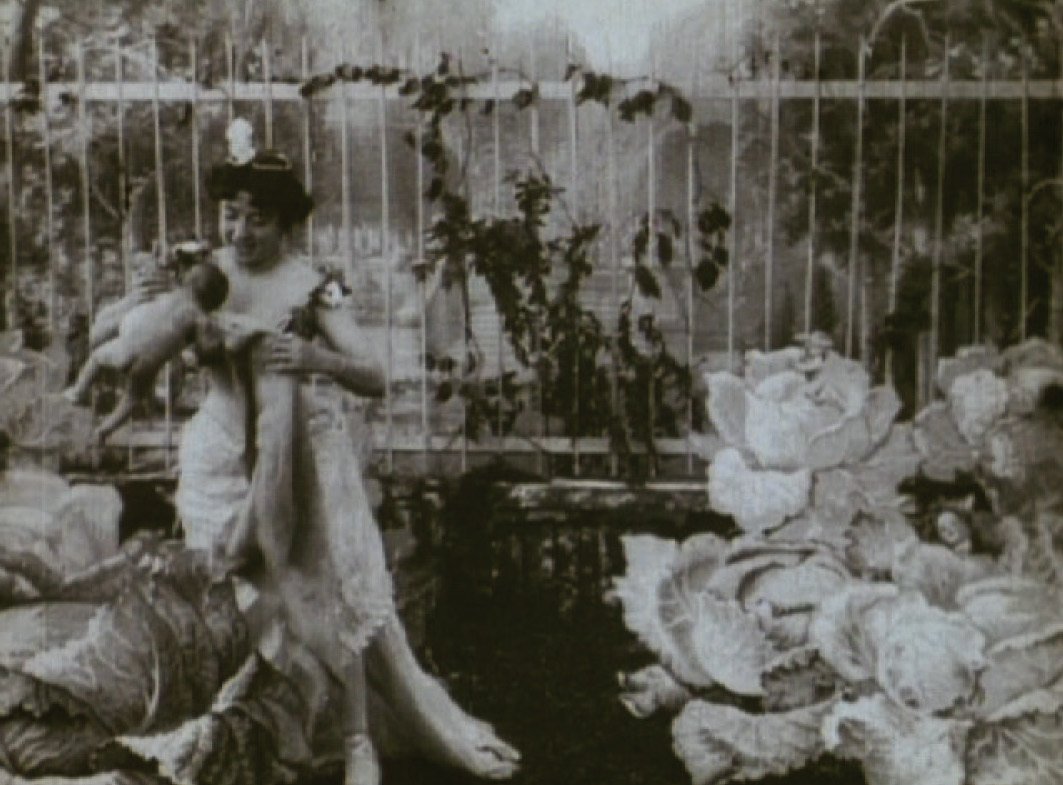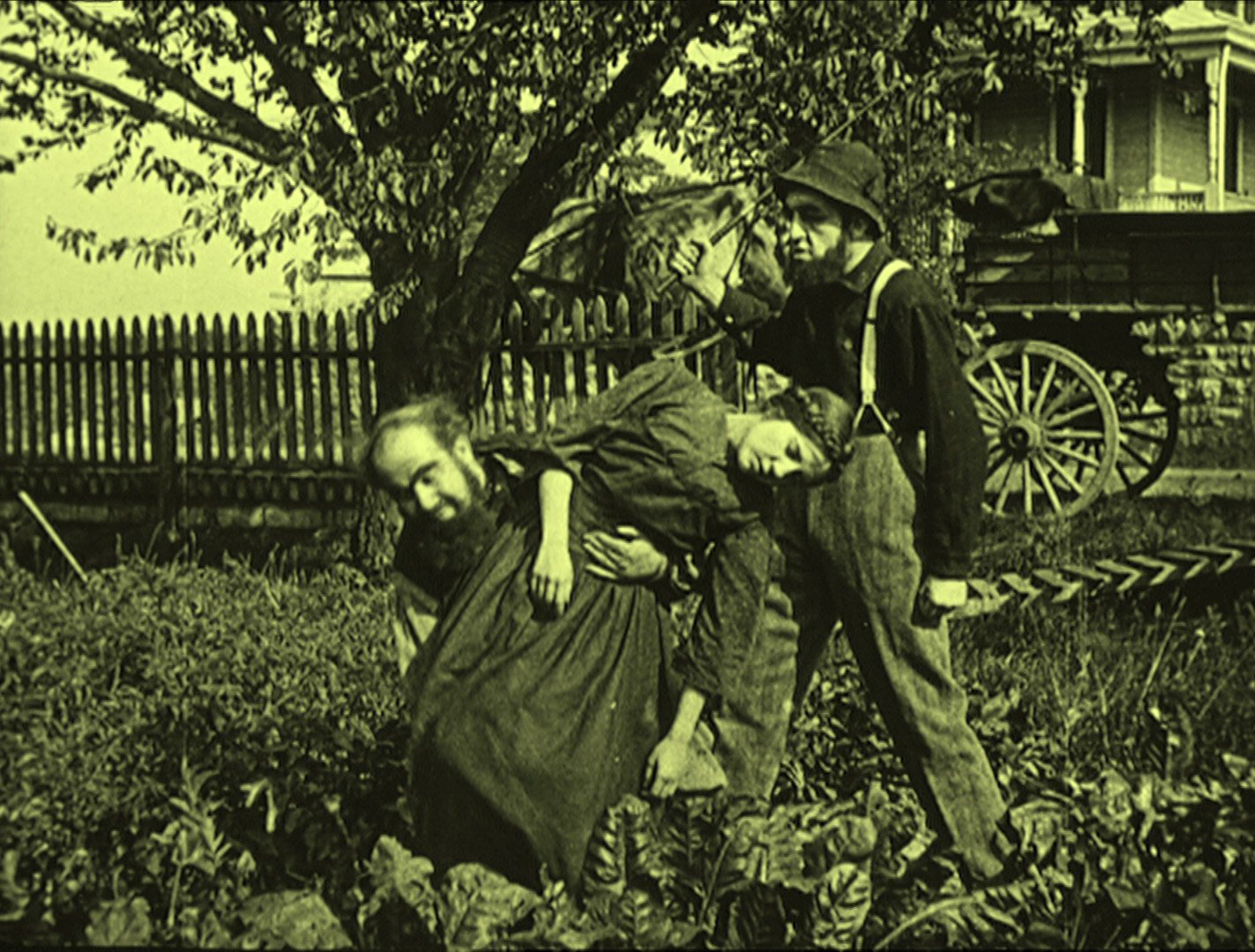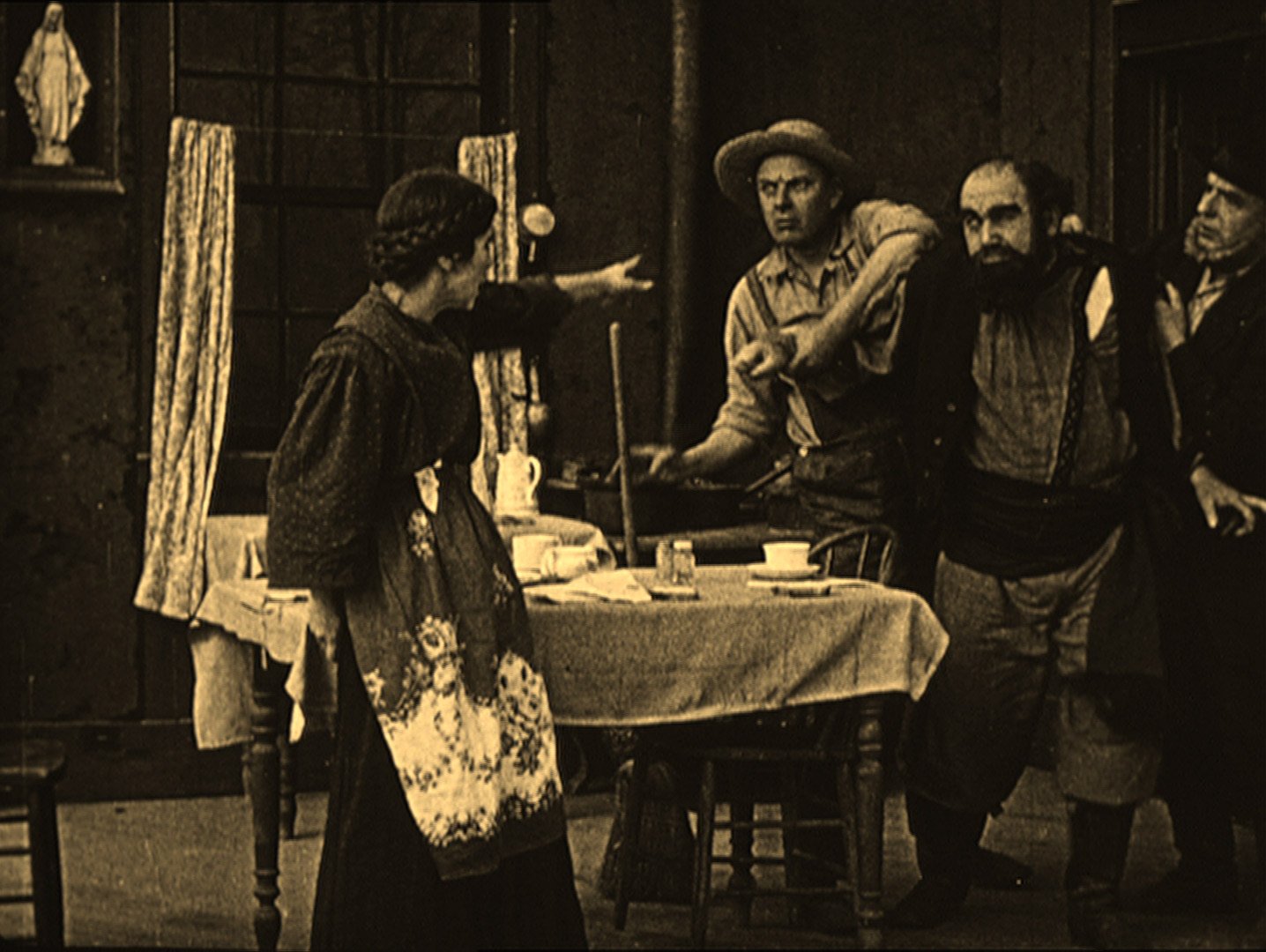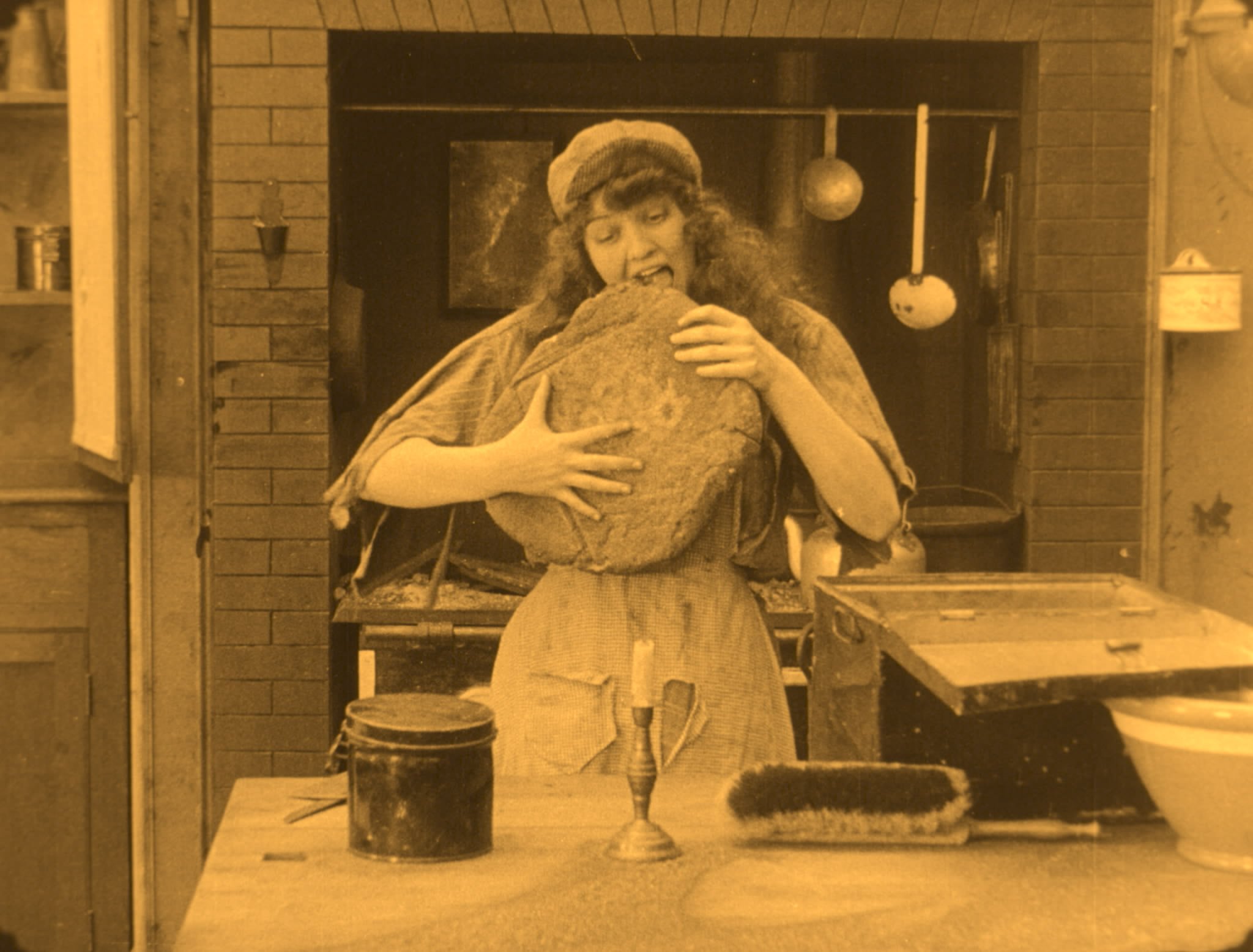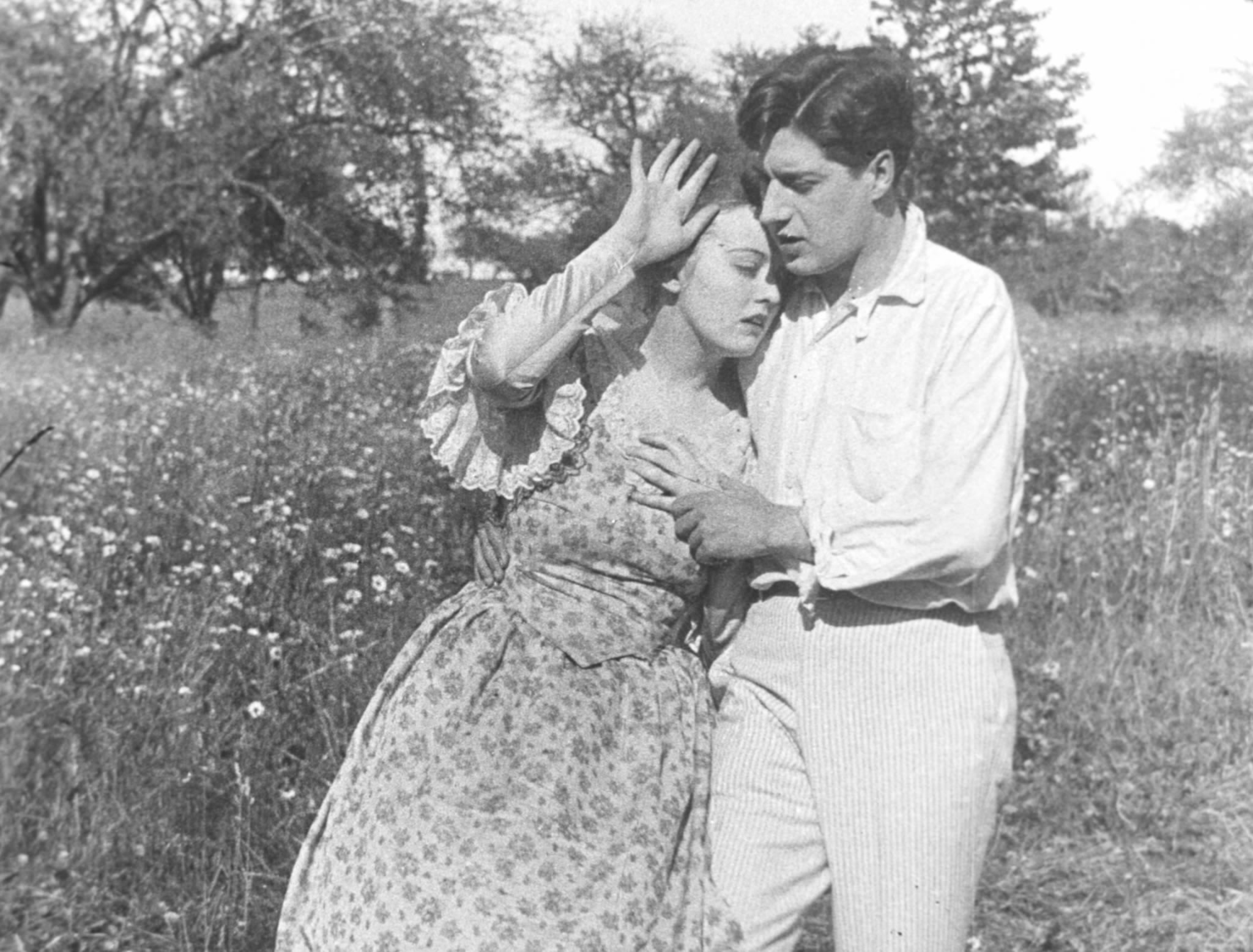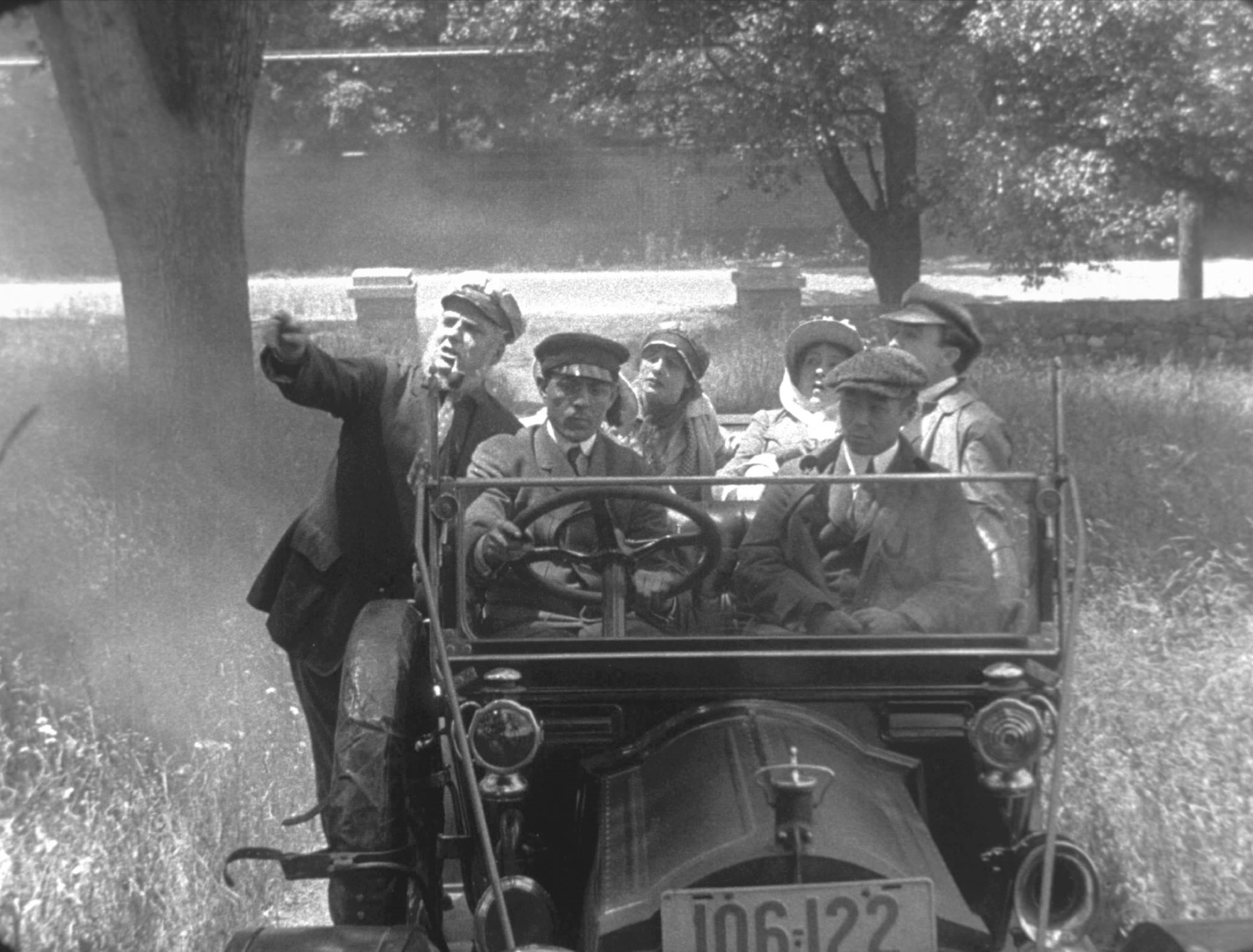
FILMS BY ALICE GUY-BLACHÉ
Alice Guy-Blaché
‘Well, it’s a young girl’s thing indeed. Well, you can try. But on one condition, don’t let the mail suffer.’ Those were the words spoken by Léon Gaumont in response to his 23-year-old secretary Alice Guy’s request for permission to “shoot a few scenes”. Present at a closed screening of the Lumière brothers’ cinematograph in March 1895, Guy quickly realised that moving images could be used not only to depict reality, but also to tell stories born in the imagination. Those “a few scenes” became the 1896 film The Cabbage Fairy – one of the first narrative films in the history of cinema. It was a film about magical births, with an elegantly-dressed woman walking through a vegetable garden and finding naked, crying newborn babies among the oversized cabbages… It became a symbolic calling card for a director who had achieved the impossible.
Alice Guy was the world’s first female film director, and probably the only one active in that first decade from 1896-1906. Her career lasted the longest of all cinema pioneers – until 1920. In 1907, she married Herbert Blaché, the camera operator on one of her films, and they emigrated together to the United States. In 1910, she founded the production company Solax Studios – which was another first for a woman. She directed, produced and/or supervised nearly 1,000 films from various genres, which included hand-coloured films as well as 150 films with synchronised sound (using the Gaumont chronophone). About 350 titles have survived to this day. She was also the screenwriter and editor on many of her films.
A special place in Guy-Blaché’s filmography is occupied by such films as The Birth, the Life, and the Death of Christ (1906) – half-an-hour long and made in 25 shots with over 300 extras – and A Fool and His Money (1912) – the first film with only black actors, cast against racial stereotypes. She made films criticising the existing social system, but also action films with heroines in the lead roles. She had an excellent sense of comedy and composition and she continued to develop as a director. That makes it even more surprising that after returning to France in 1922, despite her great efforts, she would never set foot on a film set again.
‘Be natural’ is what she told her actors. Perhaps she was also the first person to understand that, despite being subordinated to technology, a film could also show a person’s place in the world, immortalising their appearance and gestures, and tell stories about them which, although invented, should be subordinated to the truth.
Alice Guy chose a woman and babies for the roles in The Cabbage Fairy (truly ‘a young girl’s thing’?). The films presented at the festival also follow this lead. (KKB)
The Cabbage Fairy
(La Fée aux choux) (Gaumont, France, 1901)
DCP, 1’; bw; source: Gaumont Pathé Archives
A fairy with a magic wand casts a spell over some oversized cabbages and in a moment newborn babies magically appear among them. A remake of a lost 1896 movie, the film was made in one shot and based on a script, making it one of the first narrative films in the history of cinema.
Madame’s Cravings
(Madame a des envies) (Gaumont, France, 1906)
DCP, 4’30’’; bw; intertitles: FR, subtitles: PL, EN; source: Gaumont Pathé Archives
A pregnant woman has a series of unusual cravings while out for a family walk. A comedy shot in authentic outdoor locations and with interesting close-ups of the main heroine. This was probably the first film with a narrative built around the use of close-ups.
The Consequences of Feminism
(Les Résultats du féminisme) (Gaumont, France, 1906)
DCP, 7’40”; bw; source: Gaumont Pathé Archives
In a utopian world, the usual gender roles have been reversed - men take care of children and the home, while women spend their time in bars. A caricature and film satire presenting the issue of the division of social roles and gender differences.
Falling Leaves
(Solax Corp., USA, 1912)
Based on a short story The Last Leaf by O. Henry
cast: Blanche Cornwall (Mrs. Thompson), Mace Greenleaf (Dr. Earl Headley), Marian Swayne (Winifred Thompson), Magda Foy (Trixie Thompson), Darwin Karr (Mr. Thompson)
DCP, 12’40”; bw, tinted; intertitles: EN, subtitles: PL; source: Library of Congress
Suffering from tuberculosis, Winifred is told by her doctor that she will die when the last leaf falls. Her little sister Trixie tries to save her by stopping time. A lyrical drama with Magda Foy, the child star of Solax Studios, and featuring Blanche Cornwall, a leading actress at the studio, as her mother.
Making an American Citizen
(Solax Corp., USA, 1912)
cast: Lee Beggs (Ivan Orloff), Blanche Cornwall (Ivan’s wife)
DCP, 11’; tinted; intertitles: FR, subtitles: PL, EN; source: Lobster Films
The Orloffs emigrate to America and Ivan, who is used to treating his wife as a doormat, receives some life lessons in the new country. As does his wife. A comedy-drama where the theme of emigration is treated as a broader metaphor - here, the New World means a new beginning and the abandonment of old world values, where a hierarchical relationship must evolve into one based on equality.
Roads Lead Home
(Solax Corp., USA, 1913)
cast: Blanche Cornwall (Grace Cummings), Darwin Karr (George Williams)
DCP, 10’35”; bw; intertitles: EN, subtitles: PL; źródło: Lobster Films
A man in love breaks off contact with his mother to be with his loved one. After a few years, however, his love of gambling seems to be overwhelming his love for his family so his wife makes a choice. A melodrama with a female heroine in the foreground who, rather than bearing the consequences of the path chosen by her husband, shapes her own instead.
The Ocean Waif
(Golden Eagle Feature, USA, 1916)
cast: Carlyle Blackwell (Ronald Roberts), Doris Kenyon (Millie Jessop), Edgar Norton (Hawkins, the Valet), Fraunie Fraunholz (Sem), William Morris (Hy Jessop)
DCP, 38’30”; bw, tinted; intertitles: EN, subtitles: PL; restored 2010; source: Library of Congress
Well-known writer Ronald Roberts decides to work on his new book in an abandoned house. But what he doesn't know is that someone else is already living there - Millie, a young woman in hiding from her abusive foster father.
One of the director's two feature films that have survived to modern times, it stands out for the way it devotes equal screen time to each main character’s point of view, with just a few intertitles serving as the omniscient narrator.
introduction to the movie: Iga Harasimowicz
section: IMMIGRANTS BEHIND THE CAMERA
music by: Aga Derlak
MONDAY | OCTOBER 25
21:30 | screening room: MAŁA CZARNA

